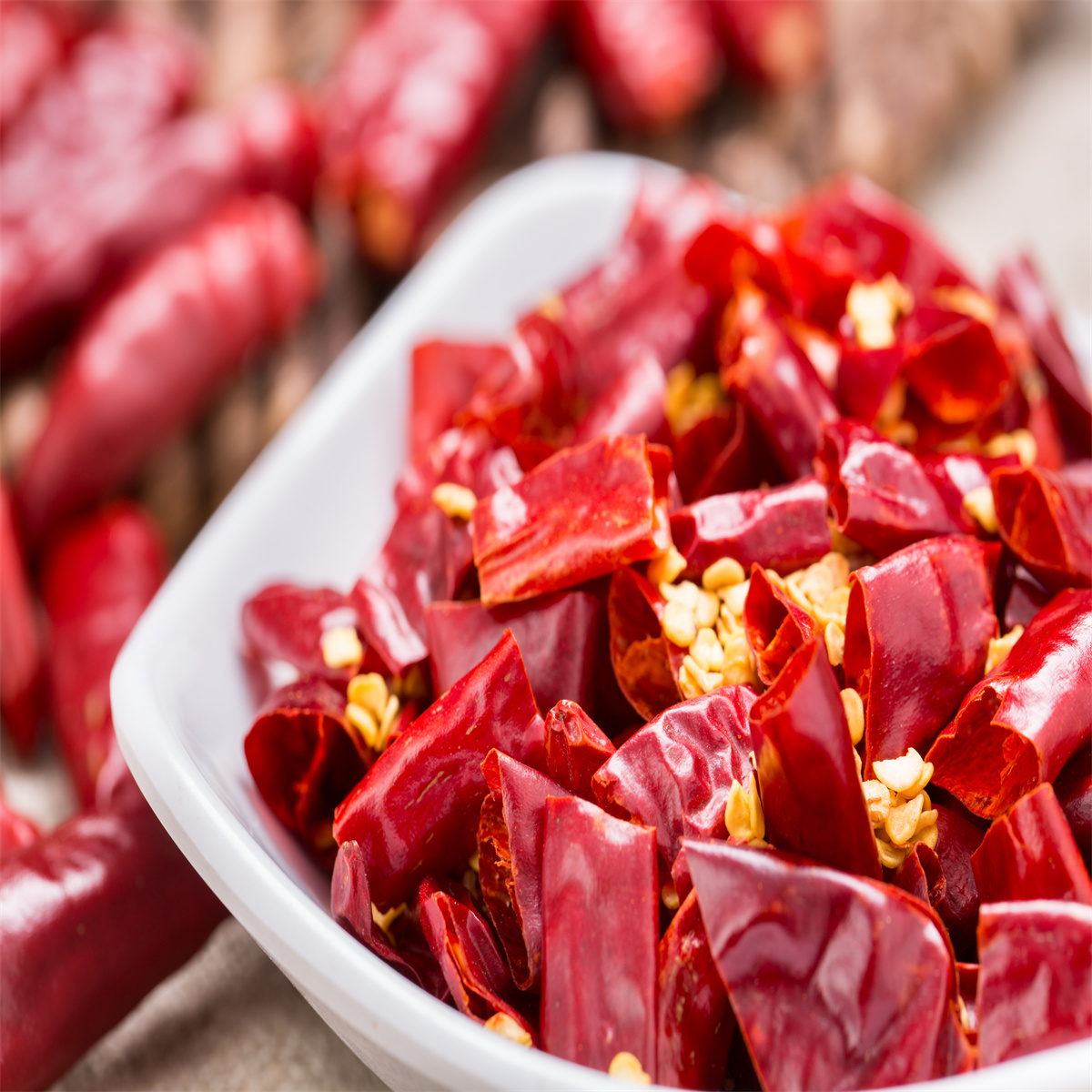Nov . 16, 2024 14:03 Back to list
famous spicy dried chiles
Exploring the World of Famous Spicy Dried Chiles
Dried chiles have long been a staple in many culinary traditions around the world, celebrated not only for their spice but also for their complex flavors and rich cultural significance. The journey of dried chiles from harvest to kitchen showcases their versatility, making them an essential ingredient for various cuisines, particularly in Latin America and Asia. In this article, we will explore some of the most famous spicy dried chiles, their distinct characteristics, and how they are utilized in cooking.
The Rich Tradition of Dried Chiles
Chiles have been cultivated for thousands of years, particularly in regions like Mesoamerica, where they were first domesticated. These vibrant peppers are dried to preserve their flavors and extend their shelf life. Drying concentrates their heat and enhances their taste, making them a sought-after ingredient in many dishes. From moles in Mexico to sambals in Indonesia, dried chiles play a crucial role in global culinary practices.
Must-Try Chiles
1. Ancho Chile One of the most popular dried chiles in Mexican cuisine, the ancho is essentially a dried poblano pepper. Its deep, dark red color and wrinkled skin hint at its rich flavor profile, which is sweet with subtle hints of chocolate and dried fruit. Anchos are typically used in sauces, such as mole poblano, and add a mild heat that complements a range of dishes.
2. Guajillo Chile Known for its bright red color and smooth, shiny skin, the guajillo chile is another cornerstone of Mexican cooking. It provides a moderate heat level and a tangy flavor with berry-like notes. Guajillos are often used in salsas, marinades, and stews, bringing a sophisticated depth to the dishes they adorn.
3. Pasilla Chile Sometimes confused with the ancho, the pasilla is actually a dried chilaca pepper. It is rich and smoky, with a flavor profile that includes dried fruit and a hint of earthiness. Pasilla chiles are commonly found in enchiladas, tamales, and various sauces, where they contribute both heat and complexity.
famous spicy dried chiles

4. Chipotle Chile The chipotle is a smoke-dried jalapeño pepper that packs a spicy punch. Its smoky flavor can transform a dish, adding an intense heat and depth that is hard to replicate. Chipotles are frequently used in adobo sauce, marinades, and even desserts where a touch of heat enhances the flavor.
5. Cascabel Chile Known for its unique, round shape and rich, earthy flavor, the cascabel chile is moderately spicy but delivers a delightful complexity. Its mild warmth and nutty overtones make it perfect for salsas and sauces, where it can shine while remaining balanced with other ingredients.
6. Arbol Chile A staple in many Mexican kitchens, the arbol chile is slender, bright red, and known for its fierce heat. These small chiles pack a punch and are often used in salsas, soups, and to garnish dishes for an added kick. Their fiery flavor can brighten up any meal, making them a favorite among spice enthusiasts.
Culinary Applications
Dried chiles are incredibly versatile, and their culinary applications are nearly limitless. The traditional method of rehydration involves soaking the chiles in hot water until they are soft, allowing them to be blended into sauces or salsas. Additionally, they can be ground into powders for spice blends or used whole for infusing oils and broths.
In traditional Mexican cuisine, dried chiles are often at the heart of beloved dishes such as enchiladas, tacos, pozole, and mole. In Asian cuisines, varieties like the Korean gochugaru and Chinese Doubanjiang (fermented broad bean and chili paste) showcase the essential role of dried chiles in imparting both heat and flavor.
Conclusion
Incorporating famous spicy dried chiles into your cooking can elevate your dishes, enhancing both flavor and complexity. Whether you prefer the moderate warmth of an ancho or the fiery heat of an arbol, there is a dried chile to suit every palate. Exploring these vibrant ingredients is not just a culinary endeavor; it's a journey through culture and tradition, connecting us to the roots of the cuisines we love. So, the next time you reach for that jar of dried chiles, remember the rich history and flavor they carry, and let them inspire your cooking creations.

